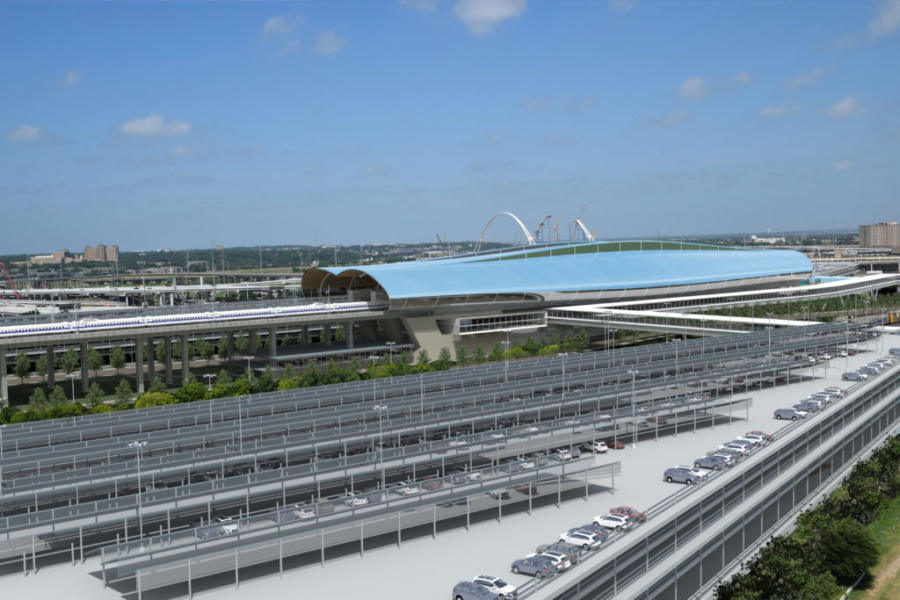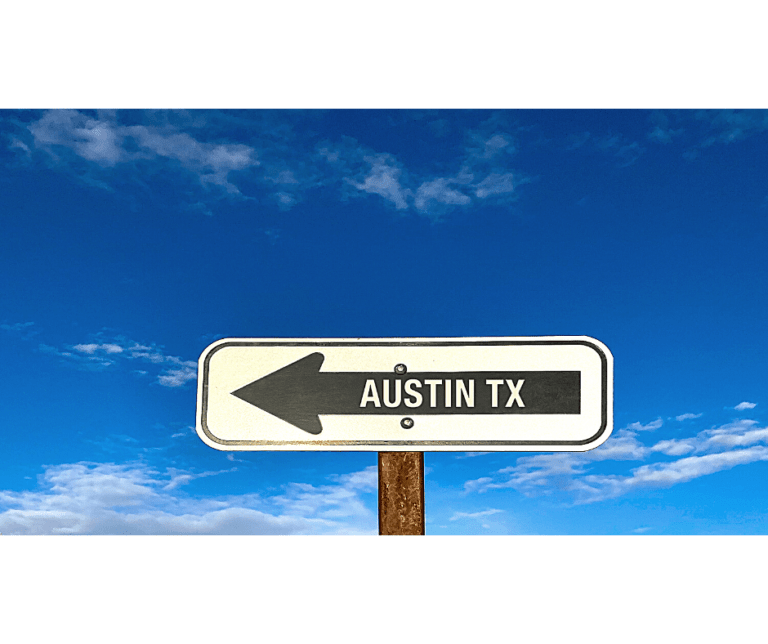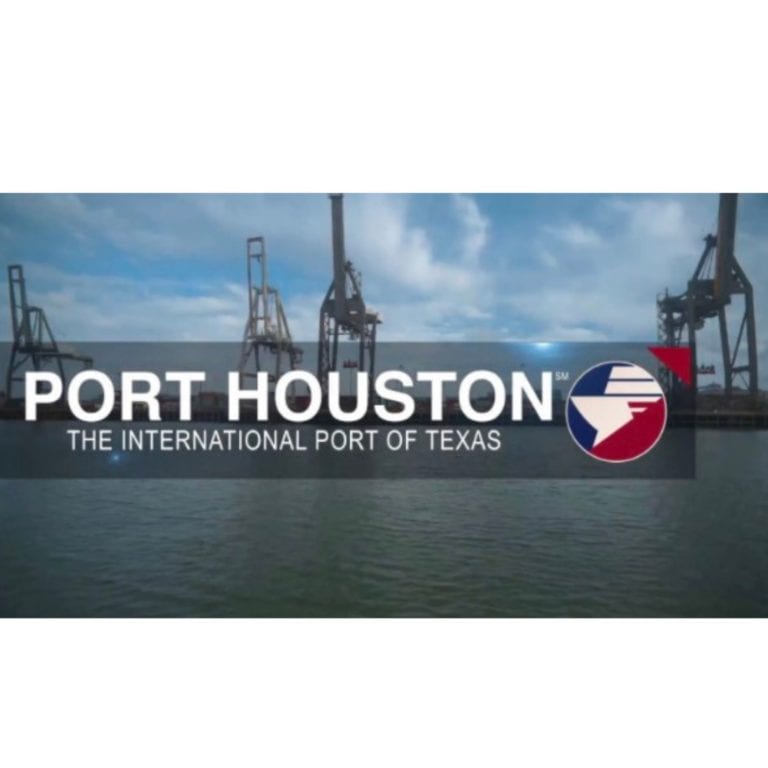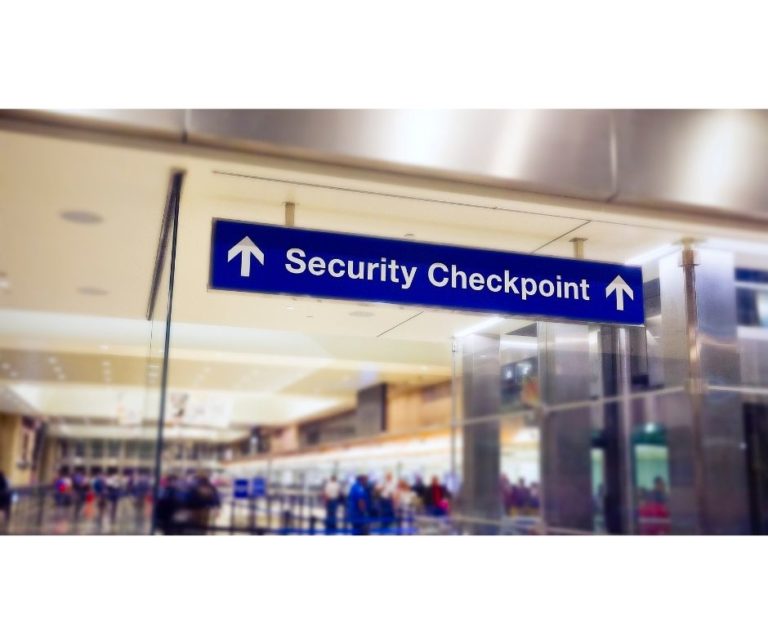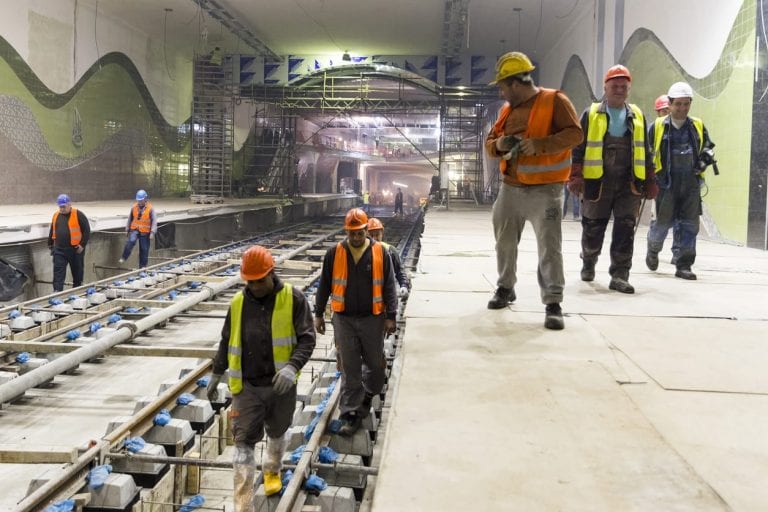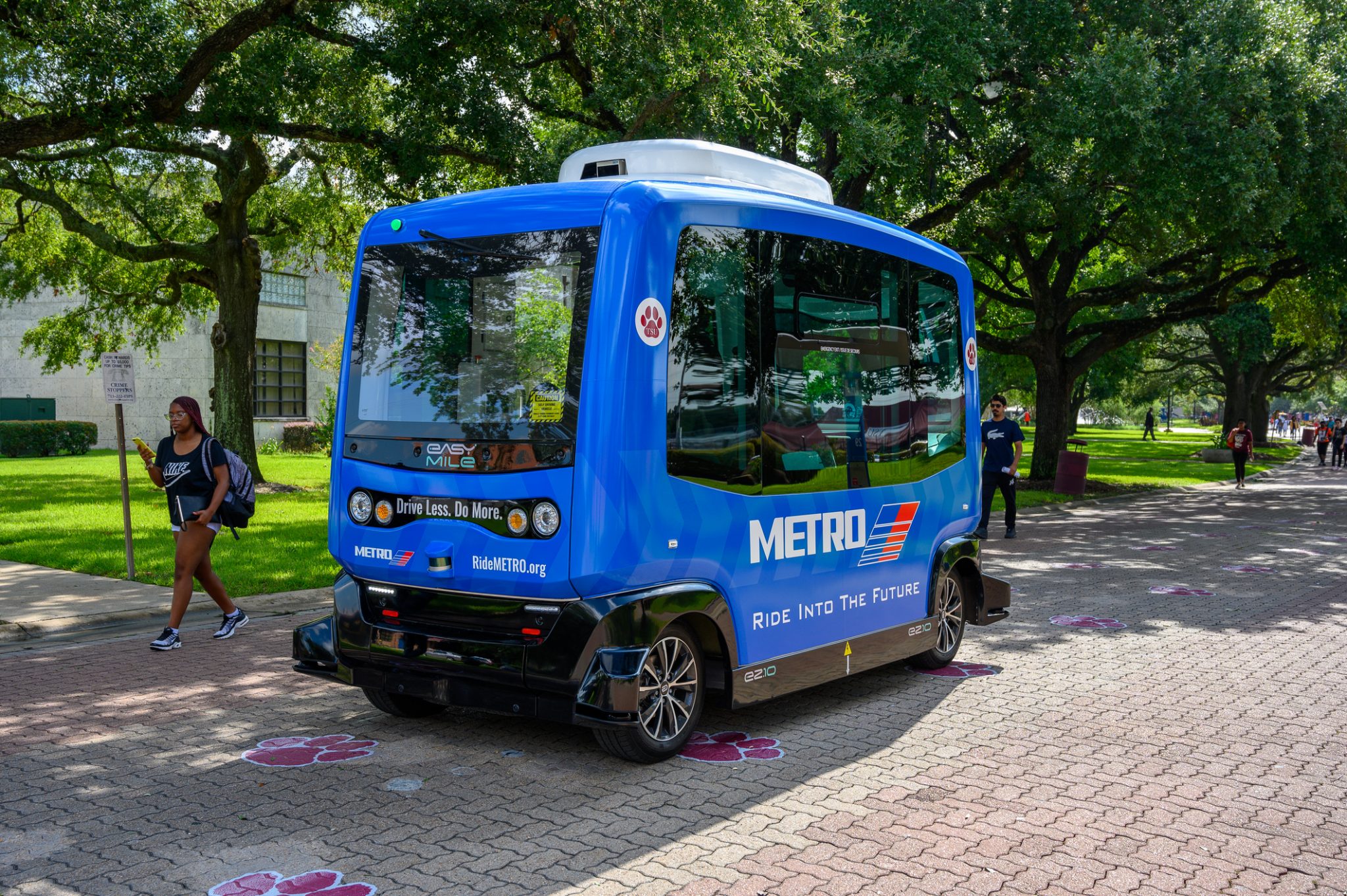
With Greater Houston’s population expected to grow by 10 million over the next 40 years, the future of the region’s transit and mobility needs led the discussion at this year’s State of METRO event.
The transit agency’s METRONext Moving Forward plan, slated for the November election ballot, is designed to ease traffic congestion and help meet the needs of a growing population. The Partnership supports the plan.
“While we should attempt to forecast the region’s future mobility needs, we must also remain flexible and put forward plans that adapt to regional growth patterns and advancements in transport technologies, and I believe METRONext will do just that,” said Bob Harvey, President and CEO of the Partnership, during his opening remarks.
METRO Chair Carrin Patman addressed the strides METRO has made to improve the traffic congestion and grow the Houston community since its founding in 1979, and how the agency continues to make improvements.
“The State of METRO is strong, robust and it is getting stronger,” Patman said. “From strong ridership to strong finances to strong management…we have shown that we are good stewards of taxpayer dollars.”
METRO provided nearly 117 million rides in its 2018 fiscal year, up 3% from the previous year. Patman said the agency continues to grow its ridership by keeping up with the population growth in their service area, as well advancing the ride experience through technology. The METRO Trip mobile app allows riders to see real-time bus movement to improve their commute planning. METRO’s latest innovation, the region’s first autonomous vehicle, operates along the one mile “Tiger Walk” on the Texas Southern University campus.
METRO worked with the Partnership, as well as other community members, organizations and elected officials to ensure that the plan’s key goals were cost-effective and beneficial to the Houston community.
The METRONext plan will enable METRO to increase public transportation options throughout the Houston region. The METRO Bus Rapid Transit Network will provide a direct connection between downtown and George Bush Intercontinental Airport, as well as provide direct service between Downtown, Uptown and the Northwest Transit Center. These exclusive lanes could also be used for autonomous vehicles in the future. The plan also includes an initiative that will connect the current Purple and Green light rail lines and extend them southeast to Hobby Airport. The plan will also extend the Red Line to the North Shepherd Park and Ride.
“We wanted to future proof [the plan] to make sure by the time we built something out, it wasn’t already obsolete,” Patman said. “We also wanted to take into account all the other technologies coming online, and of course to build upon our investments.”
Ensuring a great quality of life is one of the key pillars of the Partnership’s guiding strategy, and one of the main reasons the organization is so involved in the transportation discussion. “It is great to see the Houston renaissance, revitalized neighborhoods and public places all garnering national media attention, reflecting the tremendous progress we have made in the last two decades,” Harvey said. “That said, there still needs a lot to be done to cement Houston’s reputation as a major metro area that offers a superb quality of life. One that attracts and retains 21st century businesses and talent. Commuter congestion in Houston undoubtedly calls for the region to pursue new mobility plans, designed around new technologies and changing demographic patterns.”
Source: Greater Houston Partnership


